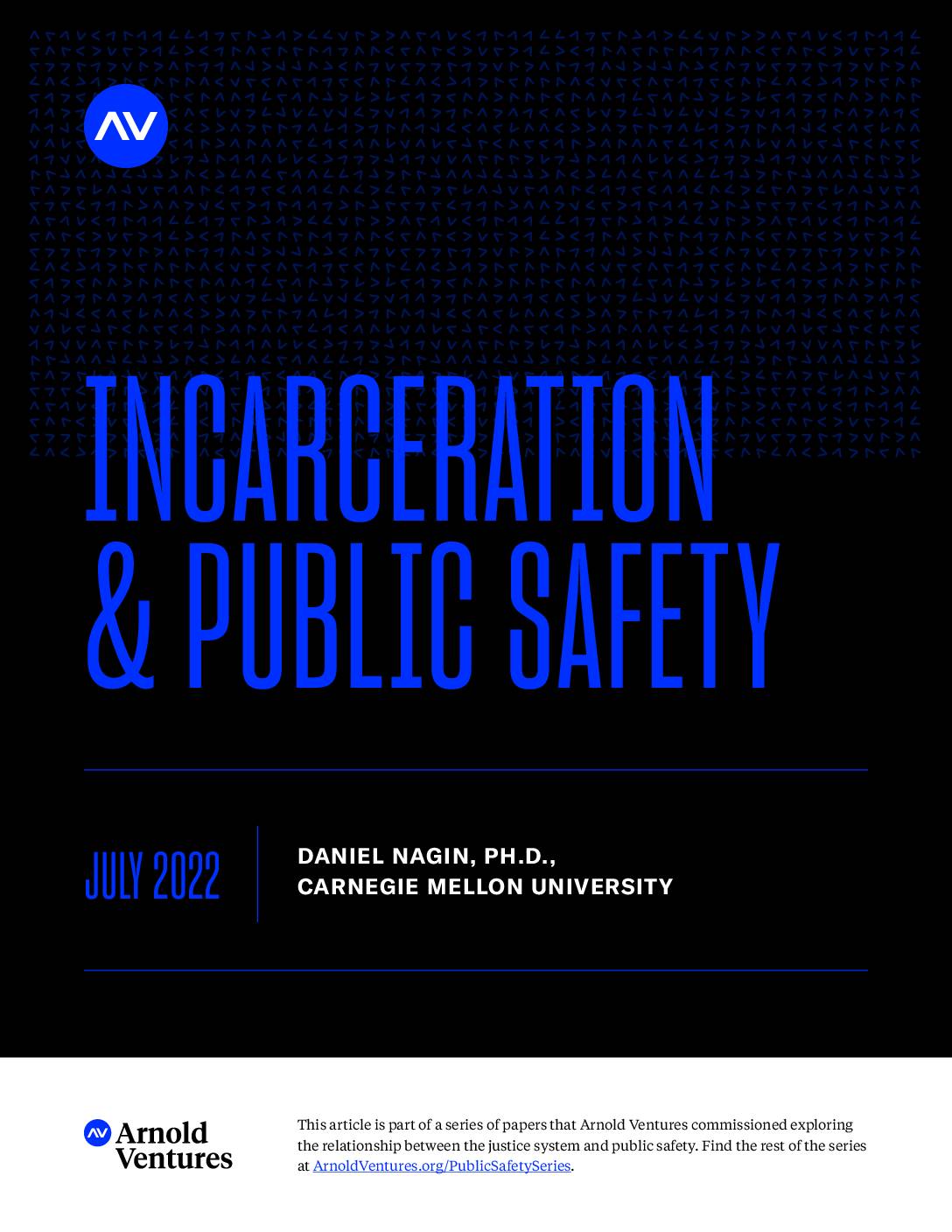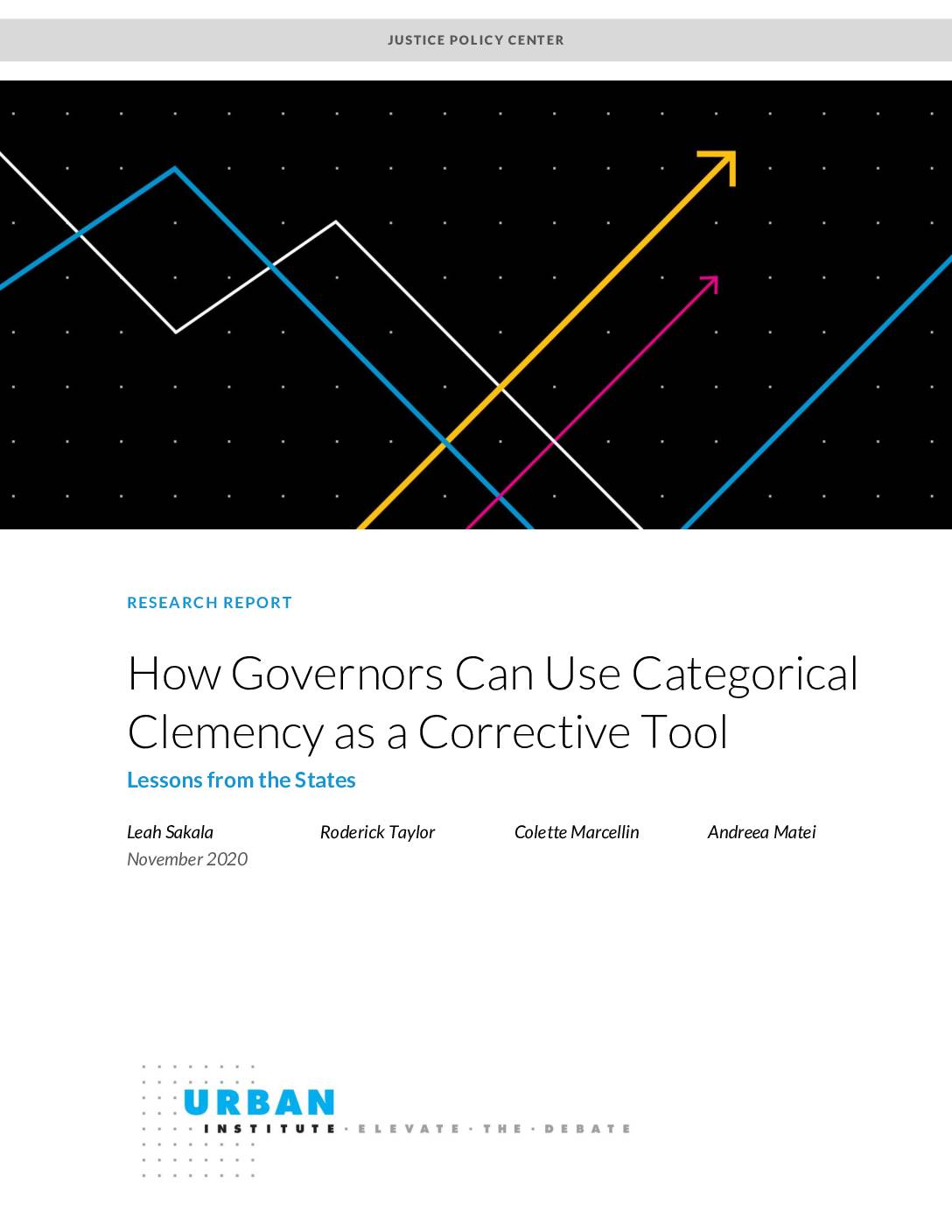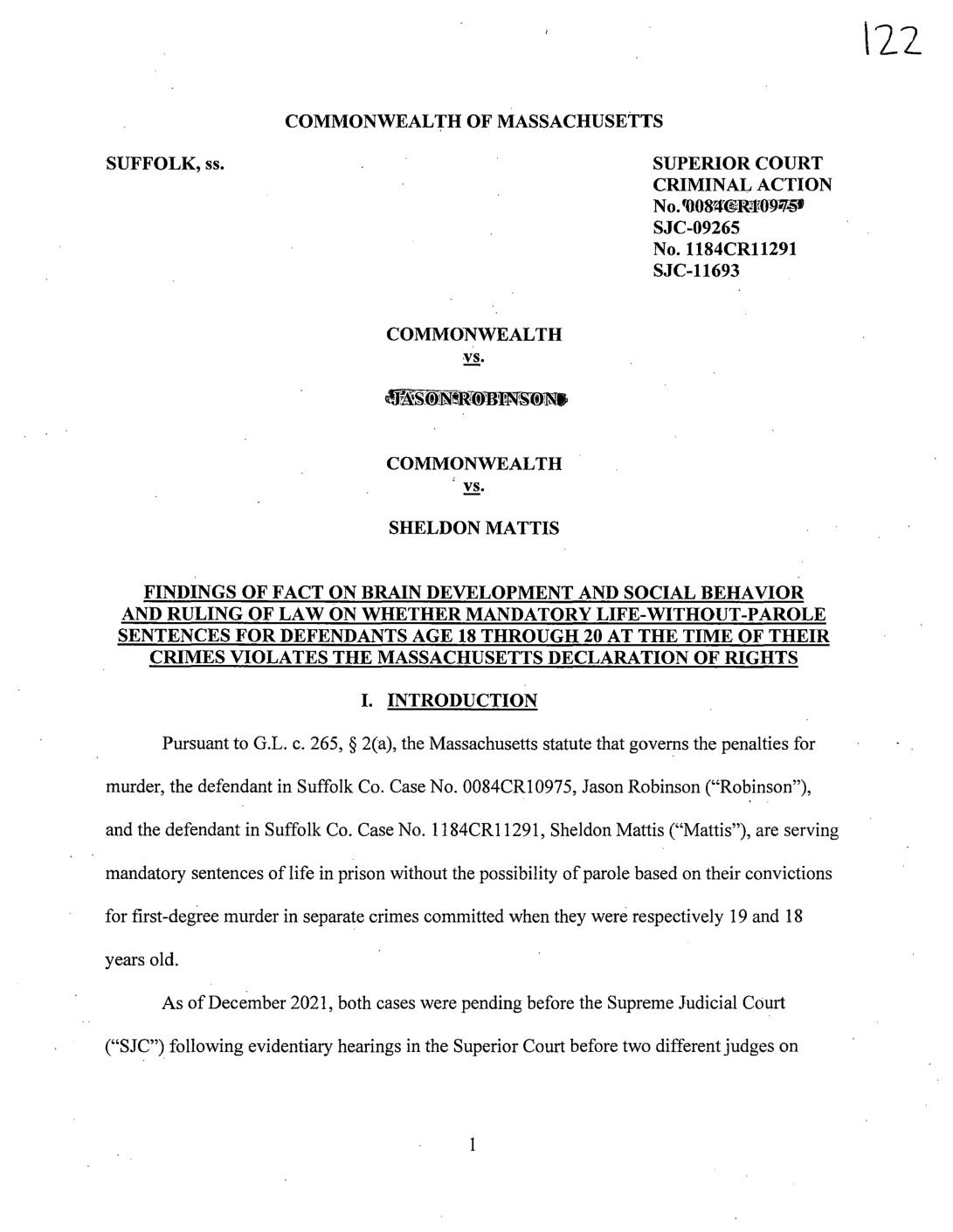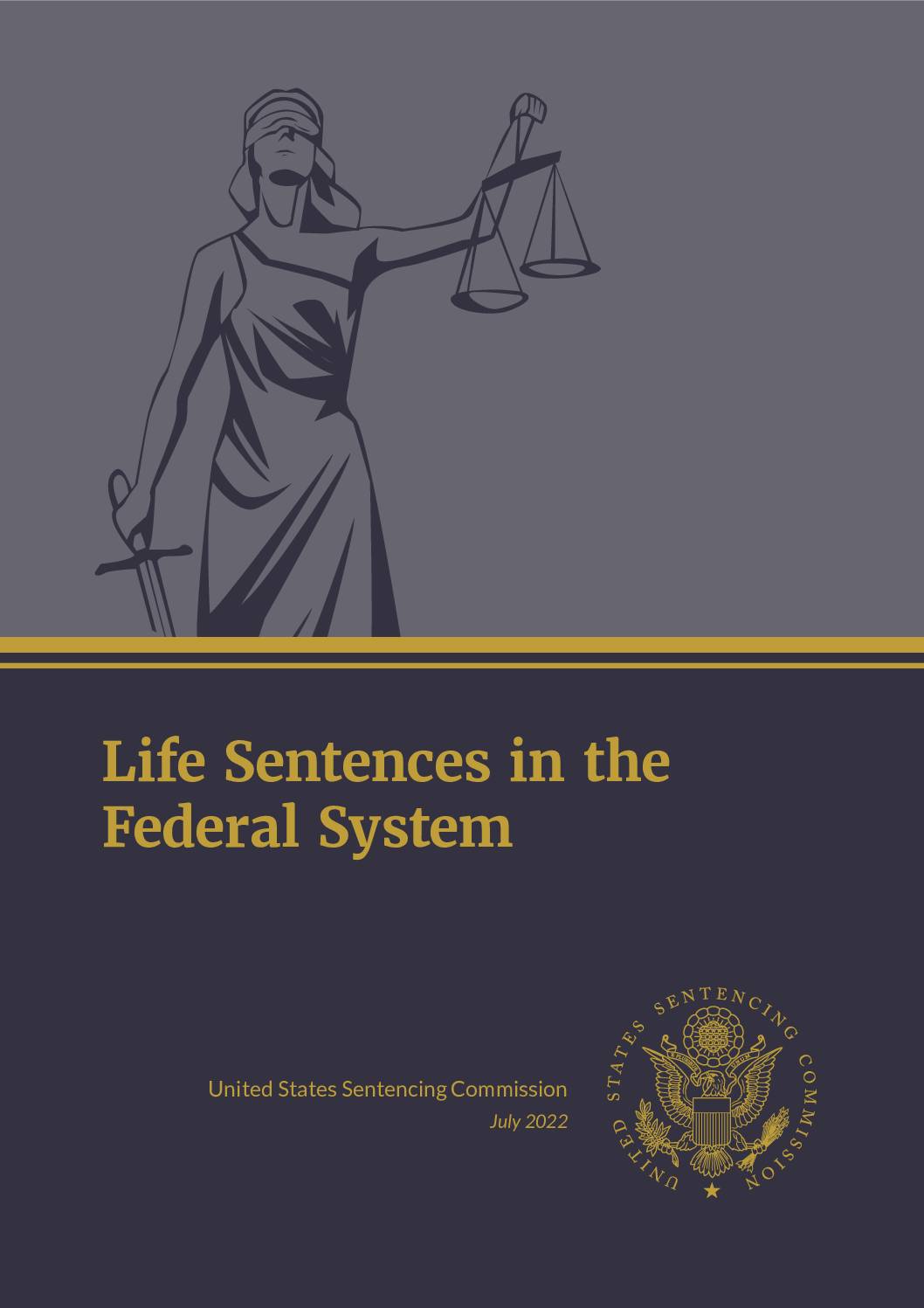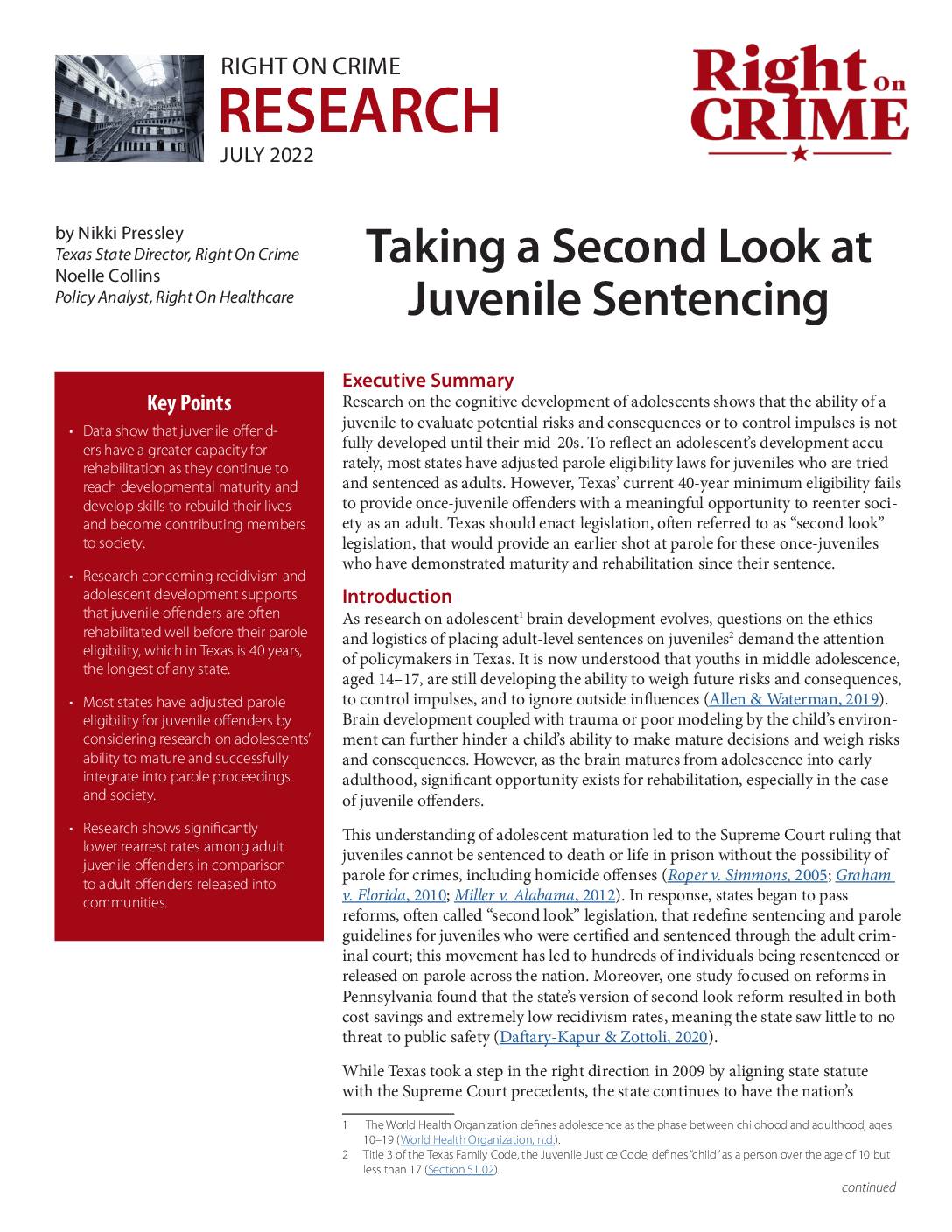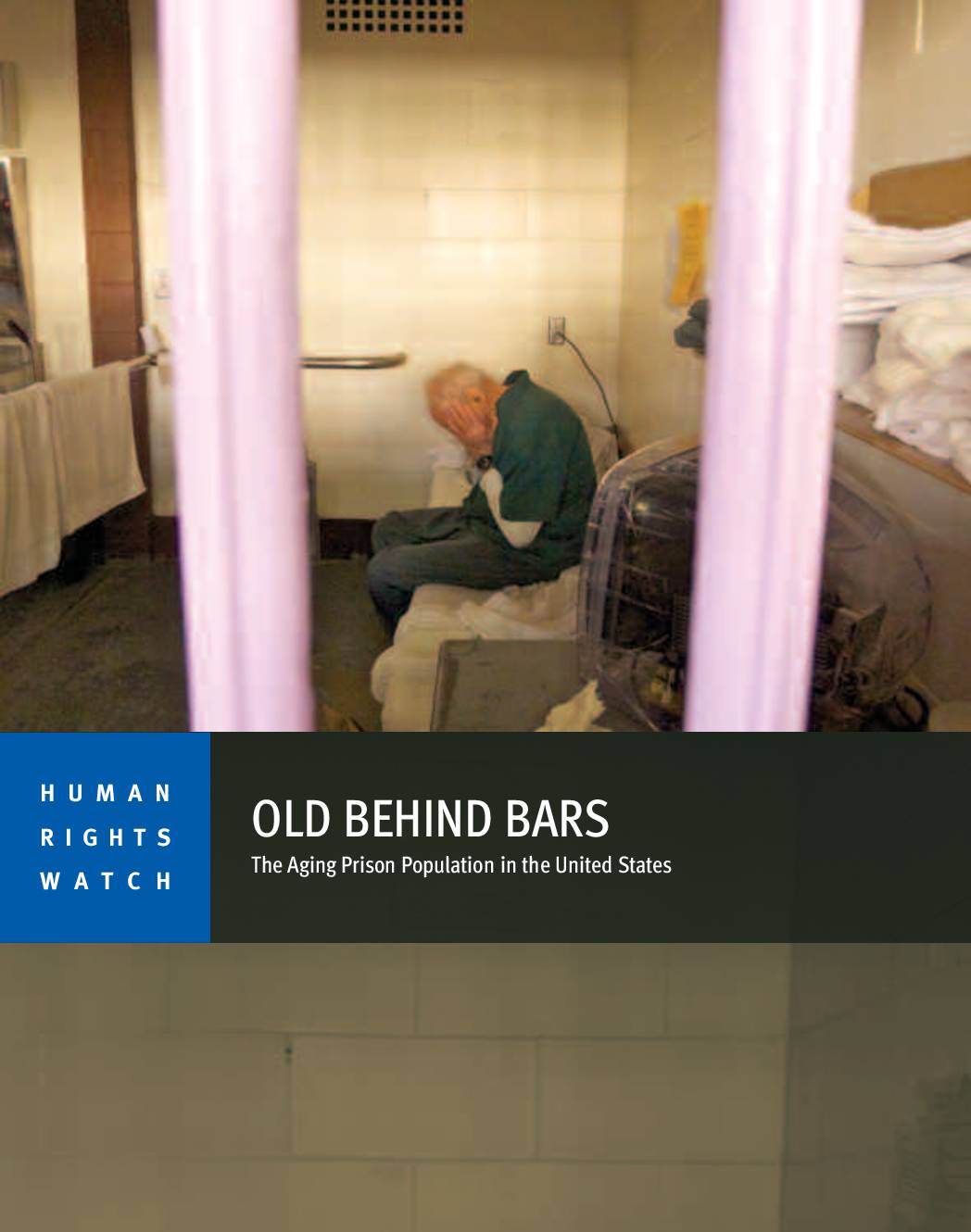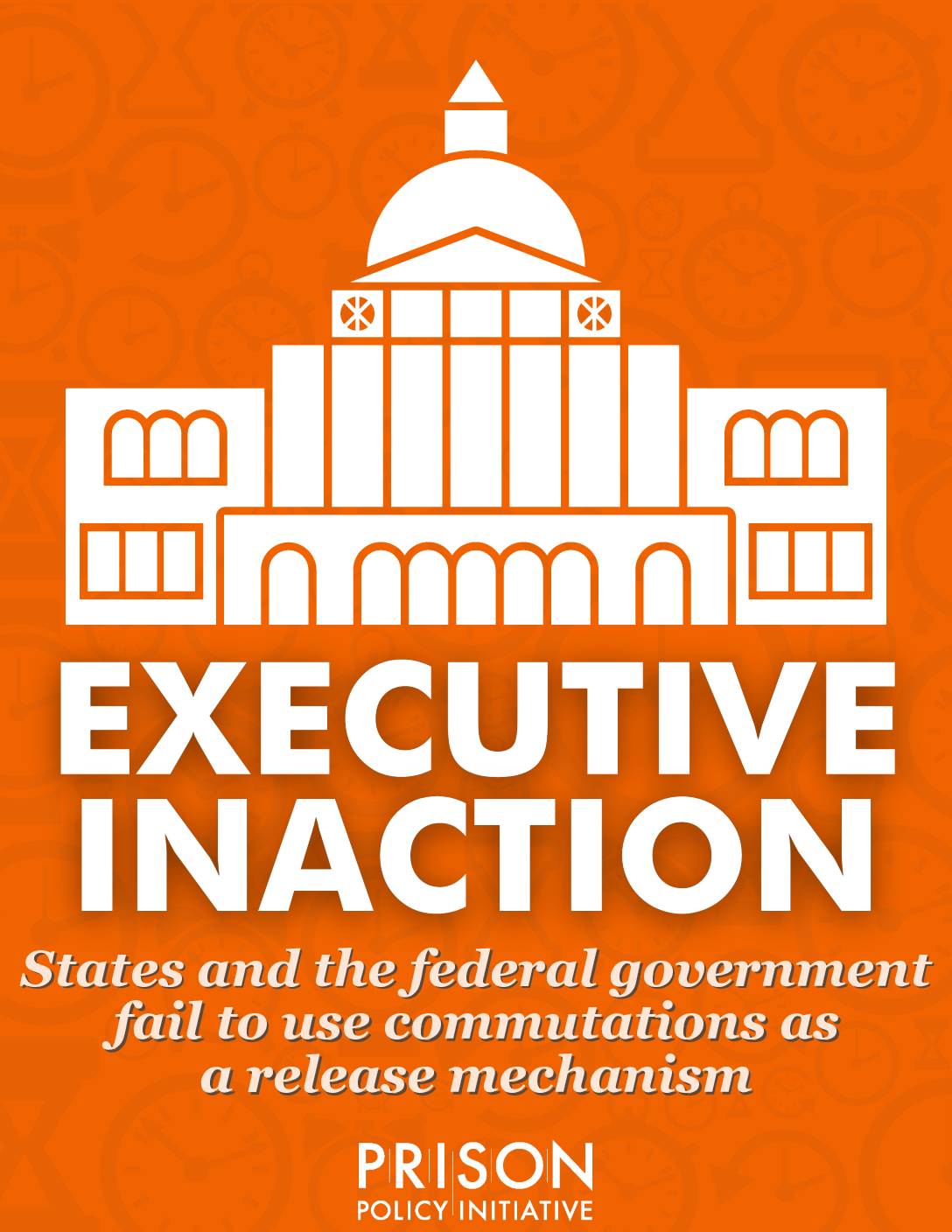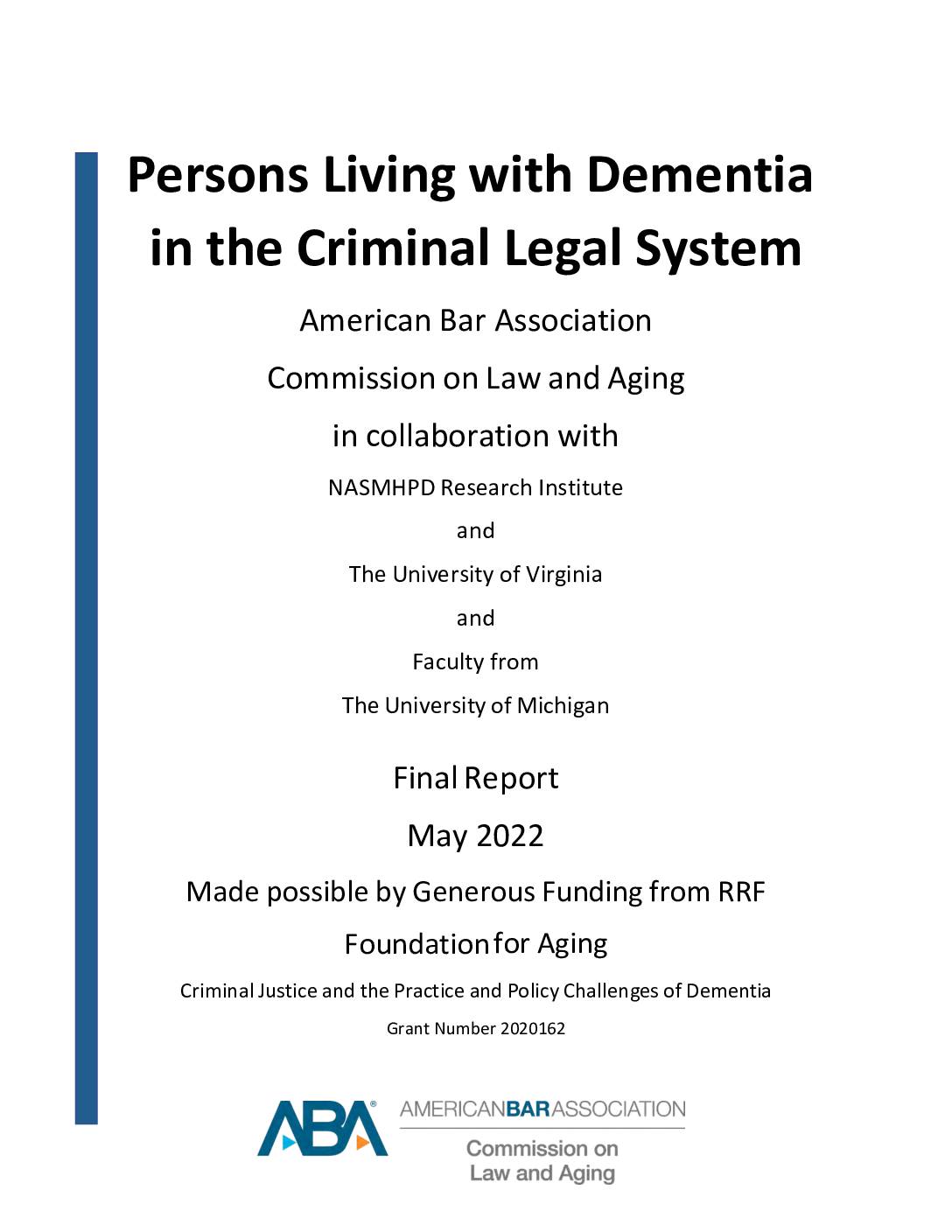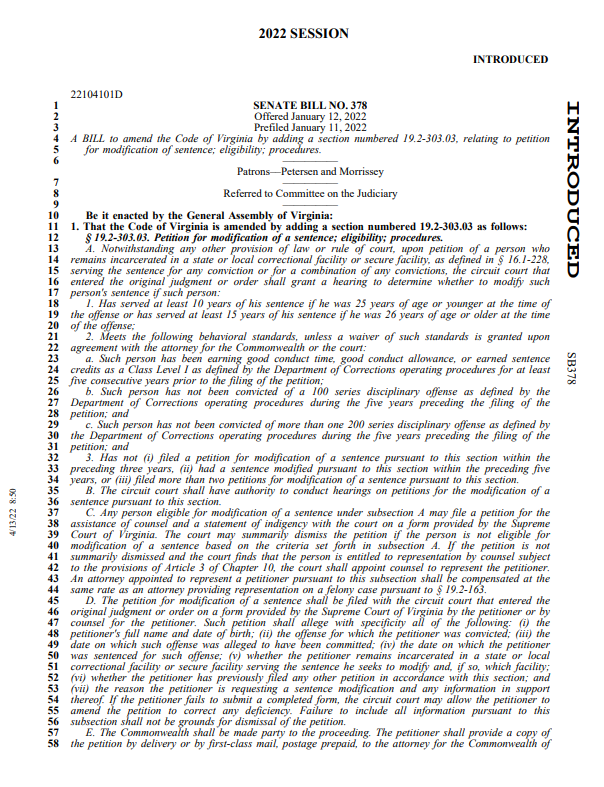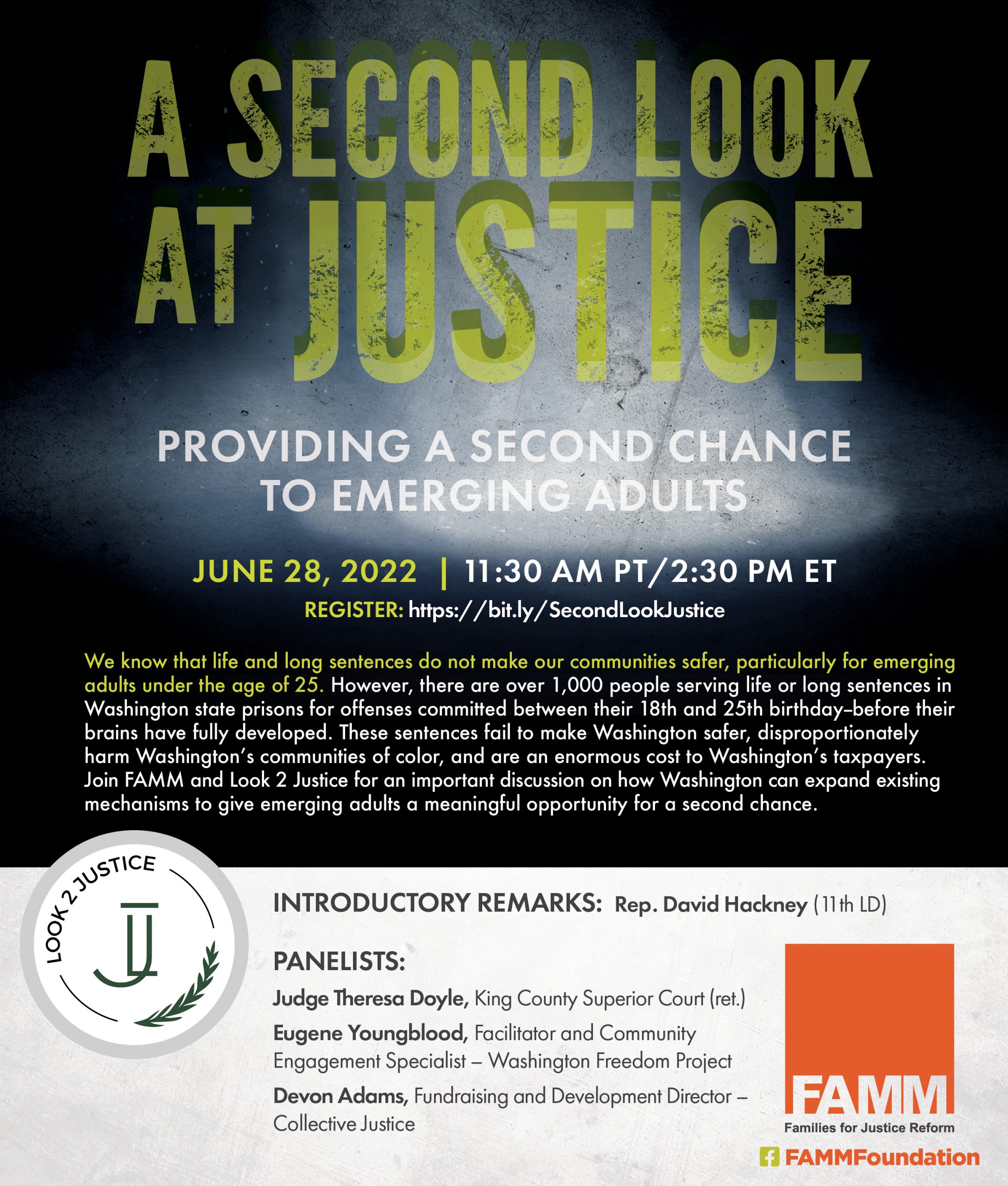PDF Incarceration and Public Safety
This report discusses how the current incarceration practices in the United States, particularly multi-decade sentences, are an inefficient use of public resources and are not shown by evidence to have a deterrent effect on crime. It is part of a series of papers that Arnold Ventures commissioned exploring the relationship between the justice system and public safety.


